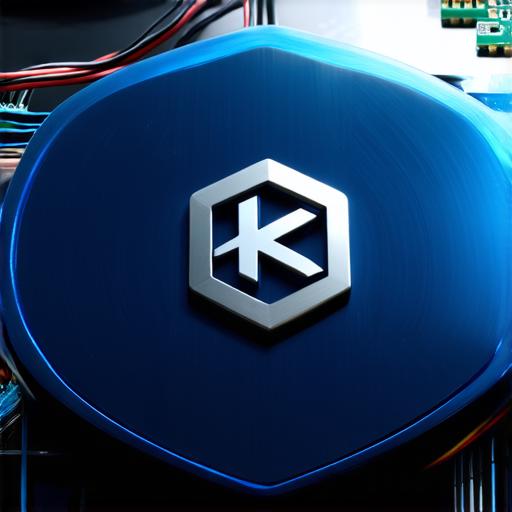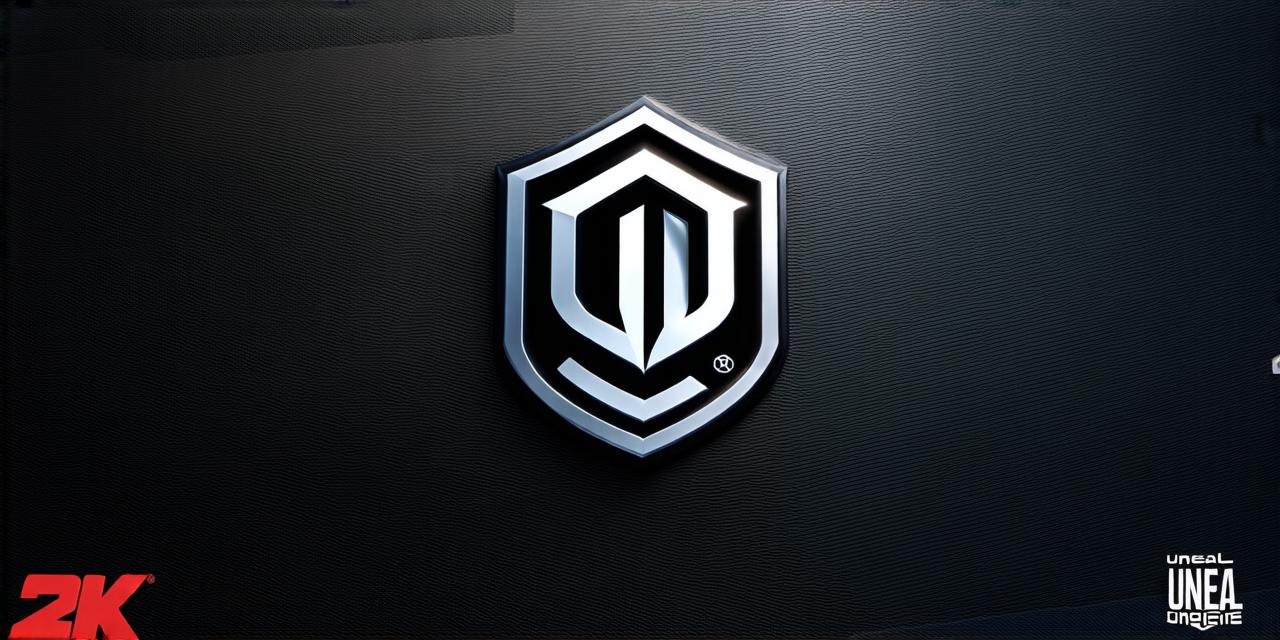Unreal Engine (UE) is an incredibly powerful and popular game engine used in many industries beyond gaming. From architecture to entertainment, UE’s capabilities have made it one of the most versatile engines on the market. But is UE open source? In this article, we will explore this topic in depth and provide a brief overview of Unreal Engine’s open-source status.
What is Open Source?
Before diving into whether Unreal Engine is open source or not, let’s first define what open source means. Open source refers to software that has its source code available for anyone to view and modify. This allows developers to contribute to the project, fix bugs, add features, and improve the overall experience of using the software.
Is Unreal Engine Open Source?
Unreal Engine is not entirely open source. While there are some aspects of UE that are open source, the majority of the engine remains proprietary. This means that while developers can access certain parts of the code and make changes, they cannot modify the entirety of the engine or distribute it freely.
Unreal Engine’s Open-Source Status
UE’s open-source status is a bit complex, as there are different levels of access to the code depending on the version of the engine being used. In general, UE has three versions: Epic Games Edition (EE), UE4, and UE5. The EE is primarily used for commercial purposes and is not open source. UE4 is a more advanced version that includes some open-source features, while UE5 is the latest version and offers even more open-source capabilities.
Open Source Features in Unreal Engine

While UE is not entirely open source, there are still some key features that are open source. These include:
- Open Source Plugins
- Open Source Content Packages
- Open Source Documentation and Tutorials
Pros and Cons of Unreal Engine’s Open Source Features
There are both pros and cons to consider when using UE’s open-source features in a project.
Pros
- Extensibility
- Community Support
- Reduced Cost
Cons
- Limited Control
- Learning Curve
- Proprietary Components
Case Study: Unreal Engine Open Source in Action
To better understand how UE’s open-source features can be used in a project, let’s take a look at a real-life example.
Suppose you are working on a virtual reality (VR) project for a museum. You want to create an interactive exhibit that allows visitors to explore the museum’s collections in a VR environment. To accomplish this, you will need to use Unreal Engine as your game engine.
Since you are building a commercial product, you will be using UE4 or UE5, both of which offer some open-source features. You can take advantage of UE’s built-in physics simulation to create realistic interactions between objects in the museum’s collections. You can also use Blueprints Visual Scripting to create complex logic without writing code, allowing you to quickly prototype and iterate on your ideas.
In addition, you can download and use open-source content packages from the UE Content Marketplace to add assets such as models, textures, and animations to your project. This can save you time and money compared to creating these assets from scratch.
Overall, UE’s open-source features can be a valuable tool for developers working on commercial projects like VR exhibits. However, it is important to understand the limitations of these features and how they fit into the larger picture of using UE in a project.
Conclusion
In conclusion, Unreal Engine is not entirely open source, but it does offer some key open-source features that can be used to extend its functionality and make it more versatile and adaptable to different projects. These features include open-source plugins, content packages, and documentation, as well as the ability to download and use pre-made assets without restriction.
When using UE’s open-source features, it is important to understand the pros and cons, as well as how they fit into the larger picture of using UE in a project. By taking advantage of these features, developers can save time and money compared to creating everything from scratch, while still maintaining complete control over their projects.
